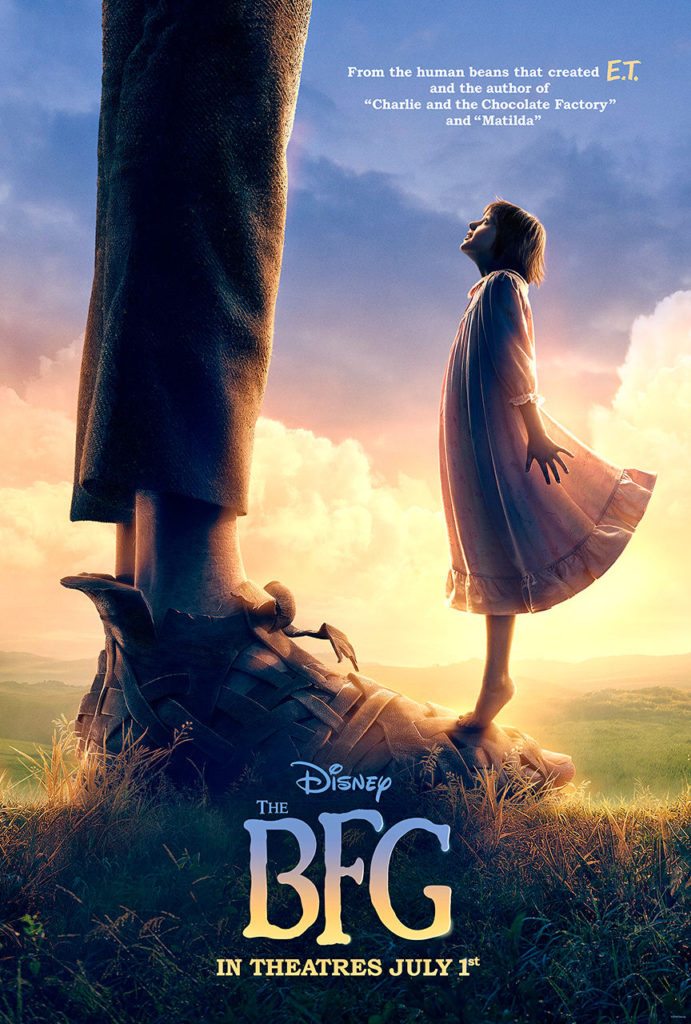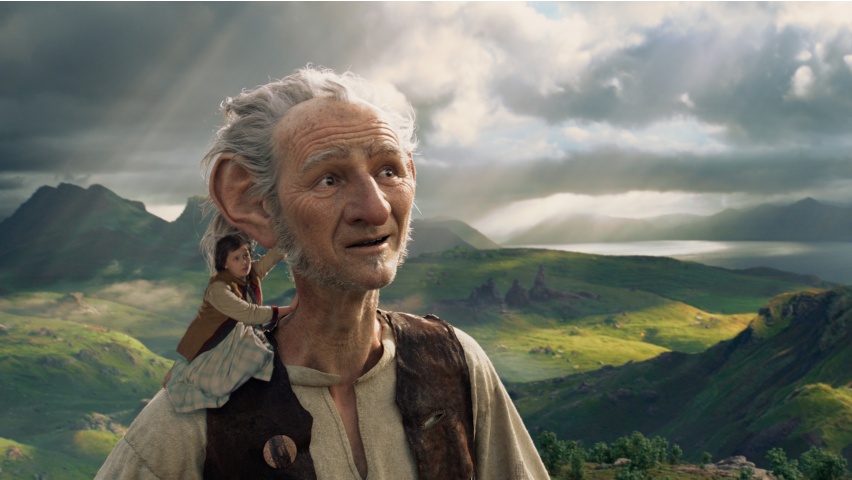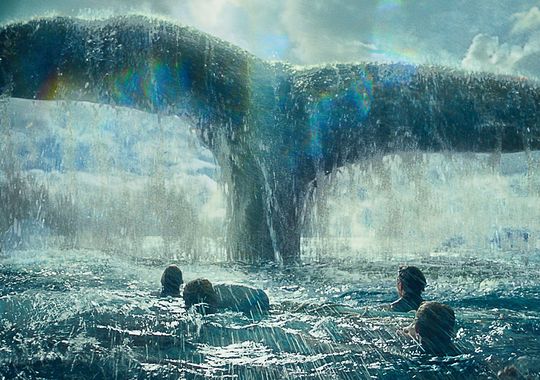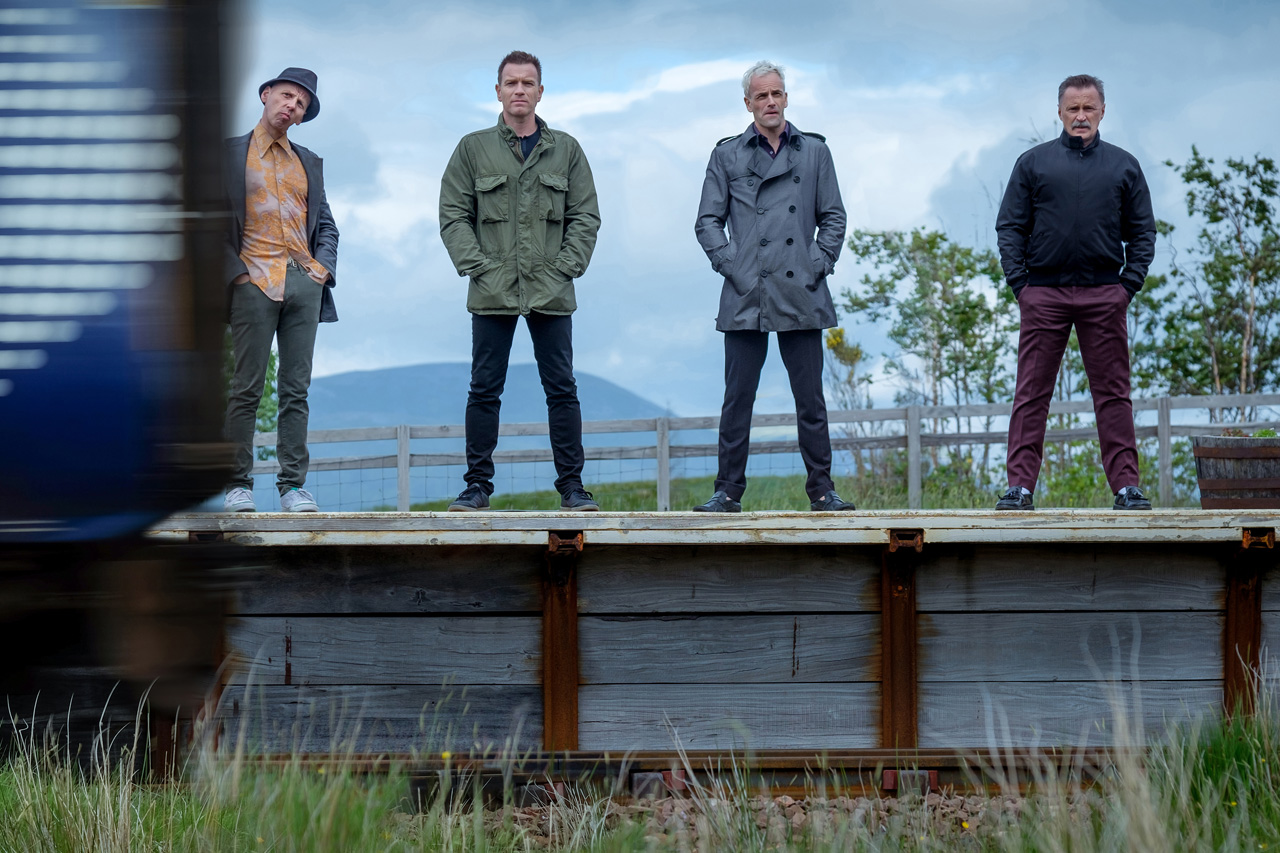When the climax of the film you are watching is the Queen of England letting out a fart that lifts a table cloth…you know you may not be the target demo. Don’t get me wrong, a good fart joke is timeless, a form of comedy I dare say none of us are above. And weirdly The BFG earns the laughs in this scene by taking the time to give us two compelling leads that have led us through even the sleepiest of moments. It may be one of Spielberg’s greatest cinematic achievements – English royalty flatulating in unison – it’s a beautiful thing.
The BFG – based on the Roald Dahl classic – is a simple story that Hollywood has struggled for two decades to make. That fact makes sense almost immediately as we enter Spielberg’s beautiful but sometimes snoozy world. Translating Dahl’s sparse but beautiful text to craft a nearly 2-hour film leaves too much time for filler. This adds up to long stretches of quiet, dimly lit London streets, the BFG and the adorable Sophie (Ruby Barnhill) bickering and other giants flailing about for no discernible reason.
 One calm fall evening Sophie is reading Nicholas Nickleby in her tiny orphanage bed (she has a bad case of insomnia and lacks parents) when her tabby cat notices some movement out the window. Being the plucky upstart that she is Sophie investigates, only to spot what seems to be, well, a sneaky giant. Terrified, she jumps into bed and covers her eyes. That’s not a great strategy given the whole she saw a giant thing as the BFG (Mark Rylance) reaches in his hand, snaps her up and whisks her away to giant country.
One calm fall evening Sophie is reading Nicholas Nickleby in her tiny orphanage bed (she has a bad case of insomnia and lacks parents) when her tabby cat notices some movement out the window. Being the plucky upstart that she is Sophie investigates, only to spot what seems to be, well, a sneaky giant. Terrified, she jumps into bed and covers her eyes. That’s not a great strategy given the whole she saw a giant thing as the BFG (Mark Rylance) reaches in his hand, snaps her up and whisks her away to giant country.
You see the BFG is a wily monster who very carefully avoids human interaction on his frequent trips to London. He’s there to deliver dreams to the people, to provide them some semblance of beauty in their slumber. In a stunning sequence he takes Sophie to where he collects these dreams – on top of a high mountain surrounded by the stars. The BFG means only good to Sophie but had to take her because of course she would tattle on him.
The BFG leads a simple life in his caverns but has one massive problem – his giant brothers. All nine – Fleshlumpeater, Bloodbottler, Maidmasher, Manhugger, Butcher Boy, Bonecruncher, Childchewer, Gizzardgulper and Meatdripper – refer to BFG as the “runt” and treat him like rubbish. Rather than help humanity these beasts hunt them, plucking them from their beds for dinner. Sophie realizes her friend can no longer live with this mistreatment and works to hatch a plan to get rid of them once and for all.
One thing that is undeniable about Spielberg’s creation is the special effects are unparalleled. The BFG (brought to life with an impeccable performance by Mark Rylance) is an incredible creation. Sure, any giant is going to look not of this world but the work done to distort Rylance’s face, remove the uncanny valley in his eyes and bring about real emotions is an achievement in CGI that has never been seen. The other giants are unique as well, towering over the BFG as they toss him around like a football. And this is all captured with the ease and precision of Spielberg’s longtime collaborator – Janusz Kaminski.
Many times throughout the BFG Spielberg reaches the emotional heights of Dahl’s source material. They are the more understated moments when the wonderful Ruby Barnhill as Sophie learns the true nature of the BFG and his intentions. It feels as though Spielberg doesn’t fully trust his instinct and pads the runtime with one too many chase scenes. Still, when Dahl’s writing peaks through the cracks it was hard for me not to feel a twinge of nostalgia for my childhood – reading about whizzpoppers, giants and human beans.





